- These animal photos show what daily life looks like for animals that live in cities.
- As the climate changes, different species are making their way into cities, according to the Washington Post.
- Some species are moving into cities because their prior habitats are no longer suitable for living, while others are moving to cities just because it’s easier for them to survive in cities.
- Either way, these animals are learning how to thrive in urban spaces.
- Visit Business Insider’s homepage for more stories.
Animals are adapting to city life by living in smaller spaces, being active at night, and figuring out how to navigate busy roads without getting hit by cars, National Geographic reports. A lot of animals have been displaced, as cities have been built over their habitats.
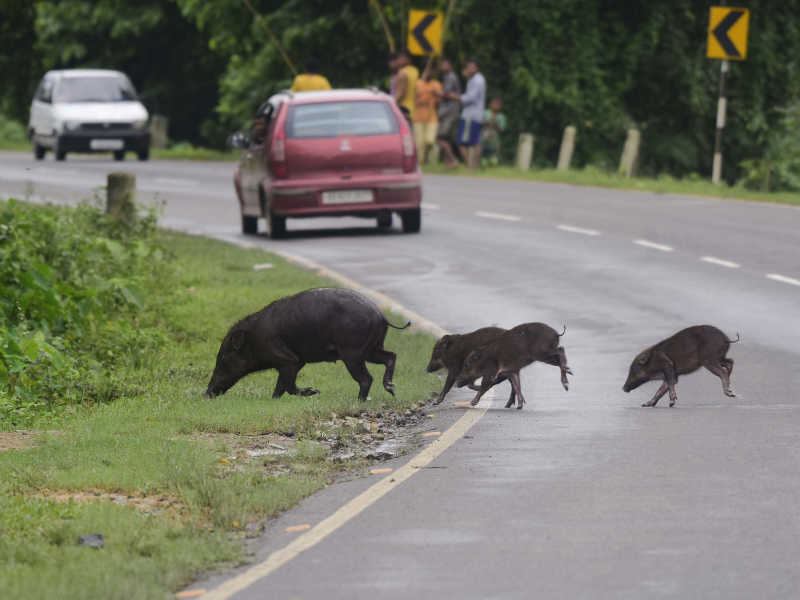
Source: National Geographic
One example of this is the wild boar. Wild boars have been spotted in both Asian and European cities.
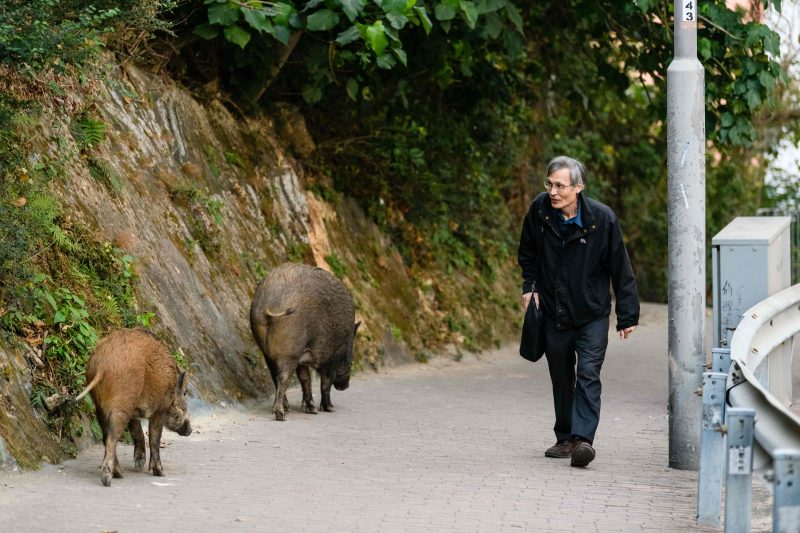
Source: The Guardian
For the same reasons, coyotes are making homes in cities all over the US. Coyotes are territorial, and they have been moving into cities as territories fill up the surrounding suburban area, according to Business Insider.

Source: Business Insider
While they’re known for being great hiders, 400,000 coyotes are killed annually. “There is no other species that has experienced the level of persecution that we’ve posed towards coyotes,” Stan Gehrt, a wildlife ecologist at Ohio State University, told National Geographic.
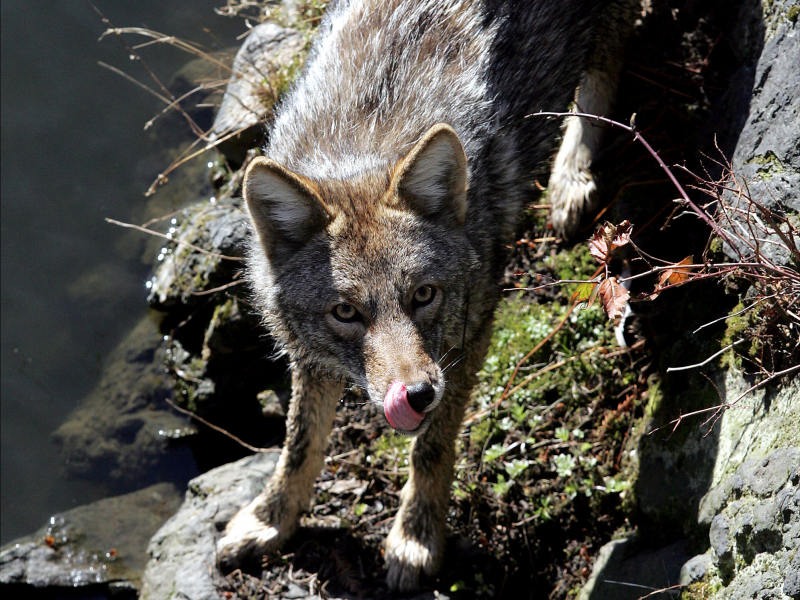
Source: National Geographic
Bears, too, are adjusting to life in cities as their natural habitat shrinks. According to National Geographic, urban bears are much less active than bears living in the wild.

Source: National Geographic
Langur Monkeys that live in cities have a much easier life than those in the wild. These monkeys have formed an interesting relationship with people in India.
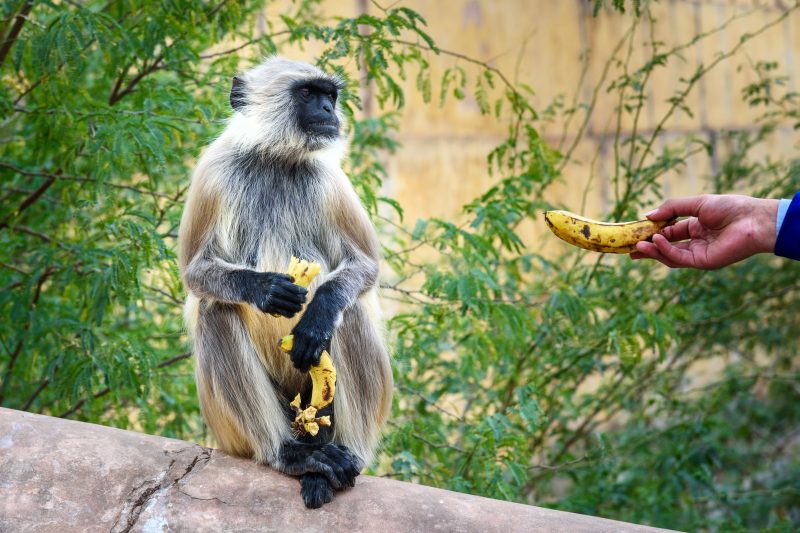
Source: "Planet Earth II"
Langur monkeys are associated with the Hindu God Lord Hanuman, so people feed them each day.

Source: "Planet Earth II"
Unfortunately for the Rhesus Macaque monkey, humans do not view them the same way as they view Langur monkeys.

Source: "Planet Earth II"
As a result, Rhesus Macaque monkeys steal food from people.

Source: "Planet Earth II"
Since the turn of the century, wolves have been moving to densely populated areas in Germany, Denmark, Holland, and Luxembourg. They have even been sighted near Paris.

Source: The Guardian
Fishing cats in Asia weren't seen in cities until 2015, when one was spotted hunting koi fish, according to the Atlantic.

Source: The Atlantic
Mumbai, India, holds the highest concentration of leopards in the world.

Source: "Planet Earth II"
Despite these photographs of rare sightings, leopards are rarely seen in the city because they hunt at nigh. But they can see you.

Source: "Planet Earth II"
Leopards in this area have attacked almost 200 people in the last 25 years, according to "Plant Earth II." According to National Geographic, with urban expansion, leopards have nowhere else to go.

Source: "Planet Earth II", National Geographic
However, leopards don't usually prey on humans. Their main source of food is domesticated pigs.
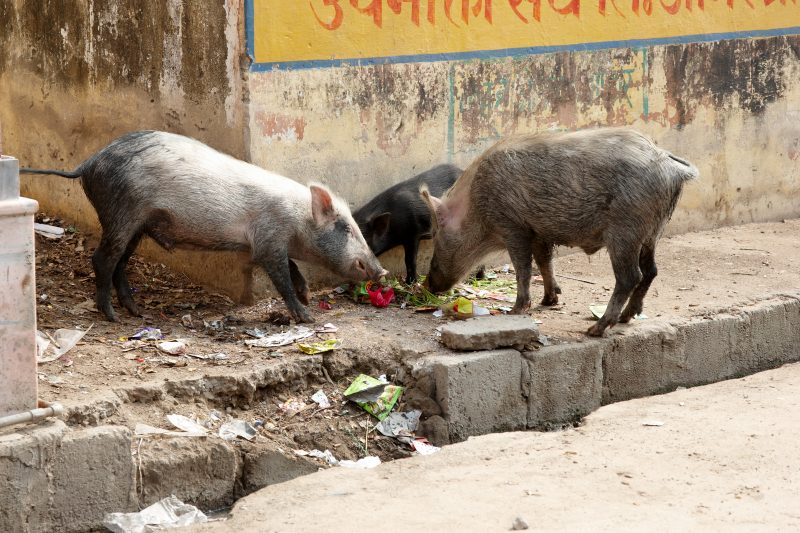
Source: "Planet Earth II"
Raccoons in cities trade treetops for rooftops, and baby raccoons often keep warm by staying in chimneys.

Source: "Planet Earth II"
Some species use the garbage found in cities to their advantage. Bower birds collect brightly-colored objects in Townsville, Australia, for their homes in order to impress females.

Source: "Planet Earth II"
Badgers can be as common in cities as they are in the countryside, according to BBC. According to another BBC article, whether or not badgers intentionally moved to cities remains unknown.
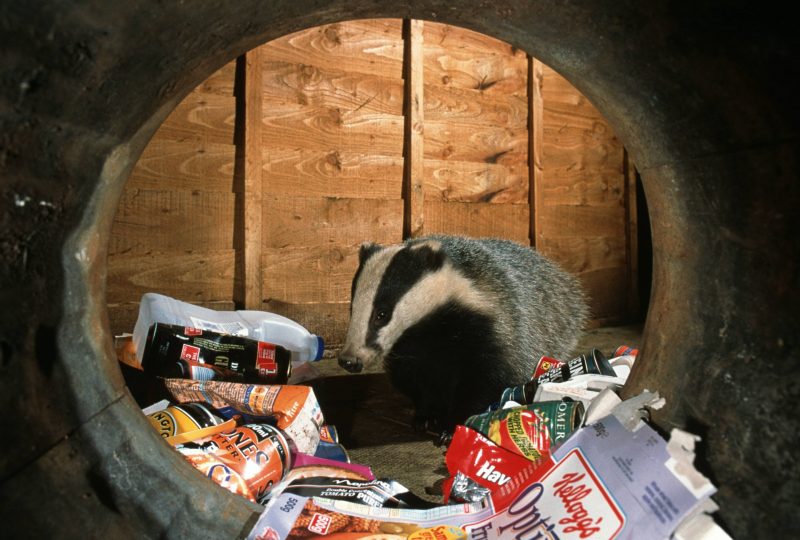
According to National Geographic, climate change is drying up the Southwest region of the US, and, as a result, deer are moving to urban and suburban areas for green grass and water. Mountain lions are following their prey.

Source: National Geographic
While some animals are moving to cities, these mountain lions prefer the suburbs. According to the Guardian, these big cats living on the outskirts of Los Angeles are known as "ghost cats" because they are so rarely seen.
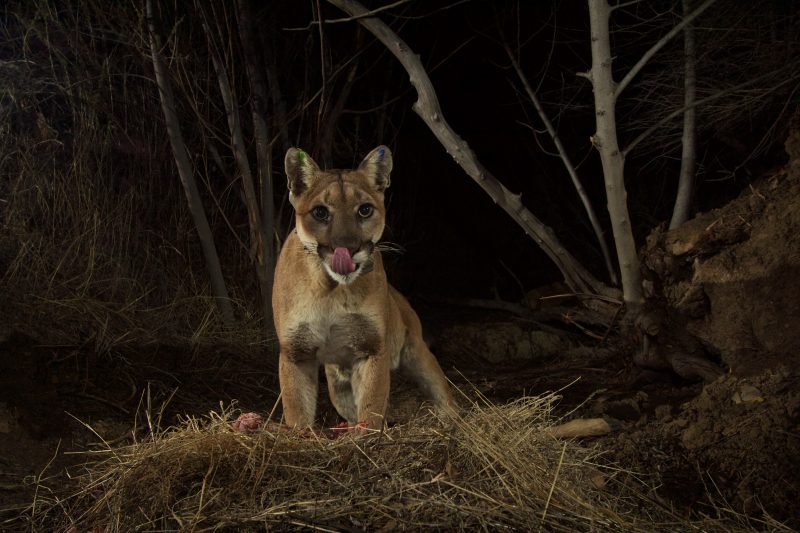
Source: The Guardian
Deer graze grasses in cities all over the world. These deer are living in Dublin.

Source: The Guardian
Silka deer in Nara, Japan, are seen as sacred to the ancient Shinto religion.

Source: The Guardian
Because of this, visiting tourists protect and feed the deer.
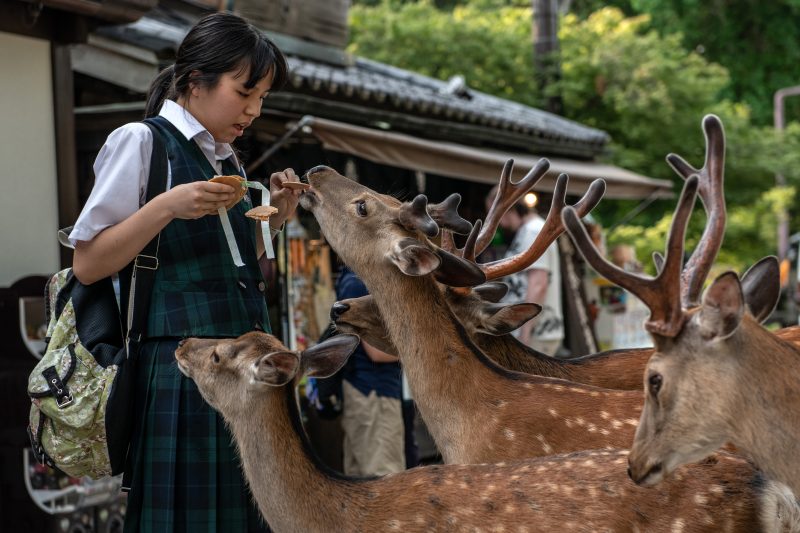
Source: The Guardian
Kit foxes are also moving to cities as the Southwest dries up. Kit foxes in Bakersfield, California, live off of people food. They accomplish this by making homes on golf courses, in drainage pits, vacant lots, and on school campuses.

Source: National Geographic
While foxes are also seen in cities around the globe, sources suggest that they are particularly common in London.
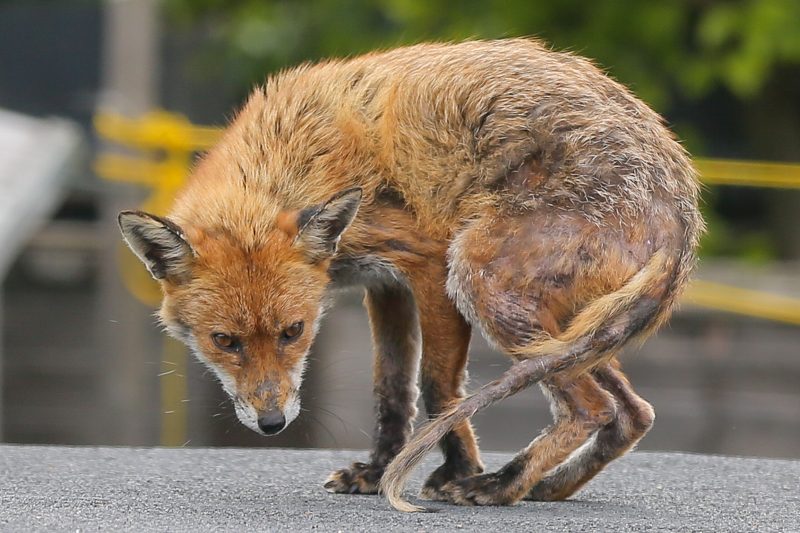
Source: BBC
Some animals live in cities because it can be a more ideal habitat than the wild, like starlings that fly to Rome at night in the winter to escape the cold.

Source: "Planet Earth II"
These birds fly in enormous flocks, and they are known to paint the sky as the sunsets.

Source: "Planet Earth II"
A peregrine falcon's ideal habitat is New York City, according to "Planet Earth II." Tall buildings provide nesting ledges for these bug bird.

Source: "Planet Earth II"
New York City has the biggest number of nesting peregrines on the planet.

Source: "Planet Earth II"
But pigeons are the most successful urban birds around the world, according to "Planet Earth II."

Source: "Planet Earth II"
This is good news for urban wels catfish because they feed on pigeons.

Source: "Planet Earth II"
Hyenas live in cities because they have a special relationship with people, and they have for decades.

Source: "Planet Earth II"
Because they believe that spotted hyenas eat the bad spirits that haunt the streets of Harar, Ethiopia, butchers have been feeding unwanted bones to these night creatures for more than 400 years.
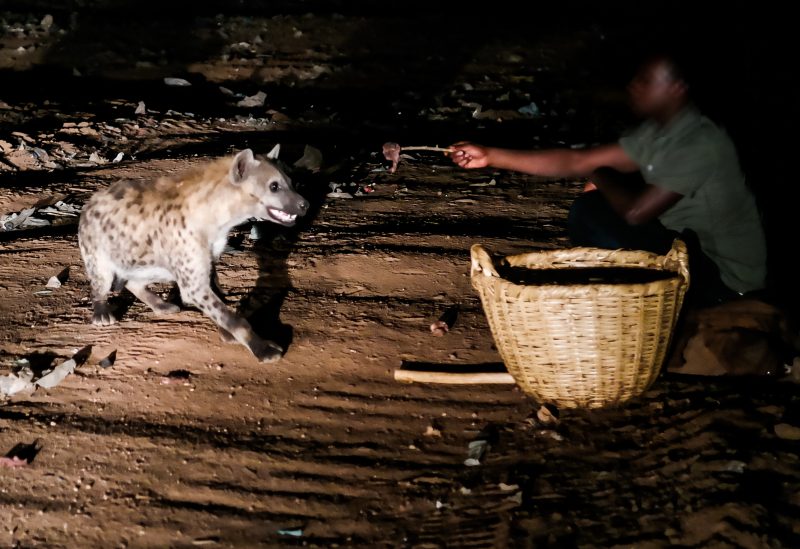
Source: "Planet Earth II"
Some people even feed hyenas with their mouths.

Source: "Planet Earth II"
While some species move to cities on purpose, there are some that end up there by accident; and while some thrive in urban spaces, other species are not so lucky, like this hawksbill turtle.

Source: "Planet Earth II"
Hawksbill turtle hatchlings are supposed to head for the water as soon as they are out of their shells.
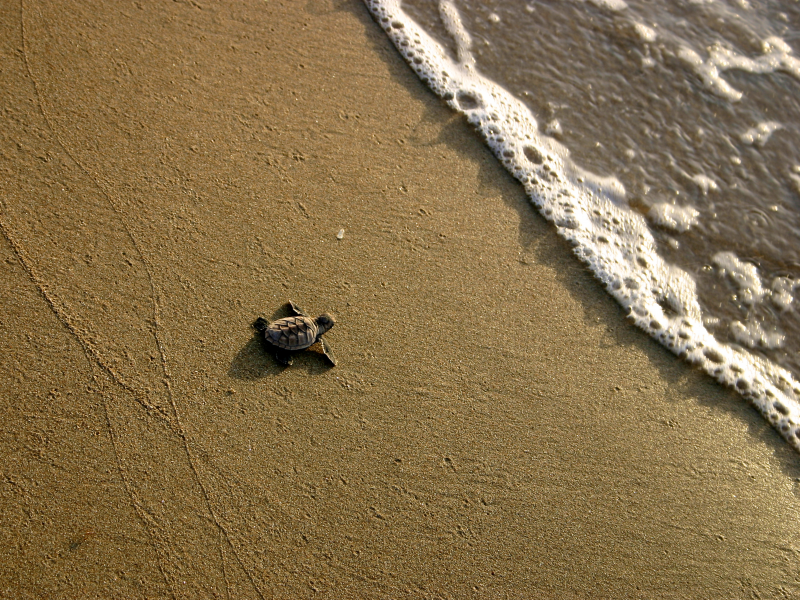
Source: "Planet Earth II"
But in areas where there are cities located on beaches, 80% of the hatchlings head for the city because they are drawn to the light. These hatchlings have not adapted to urban life the way some other species have, and most of them get hit by cars or stuck in storm drains.

Source: "Planet Earth II"
Some cities, like Singapore, are actively making their spaces more wildlife-friendly. These lit up structures are supertrees, 160-feet-tall (50 meters) metal structures teeming with plant and animal life.

Source: "Planet Earth II"
Singapore has also planted two million trees in the last 45 years, and animals like the smooth-coated otters are said to be returning to the city thanks to the city-state's greening initiatives.

Source: "Planet Earth II"
In fact, otters are thriving in Singapore because of its waterways and lack of predators.

Source: BBC Earth
City greening is also present in Milan, where they have vertical forests. These high-rise buildings featuring more than 20,000 different plants are home to bumblebees, hermit wild bees, and around 20 different species of birds.

Source: "Planet Earth II", Lonely Planet
